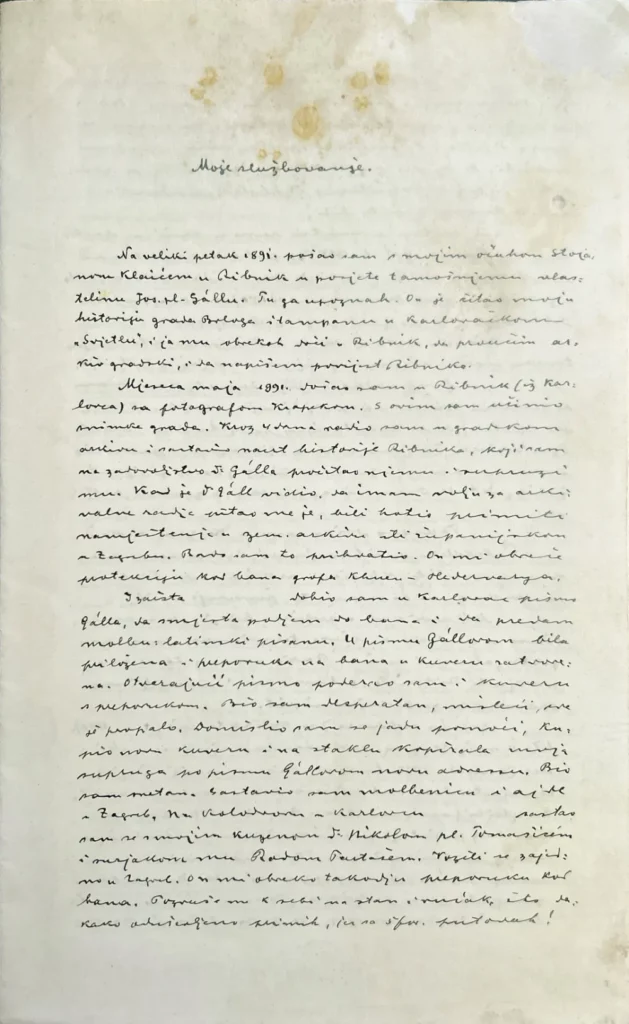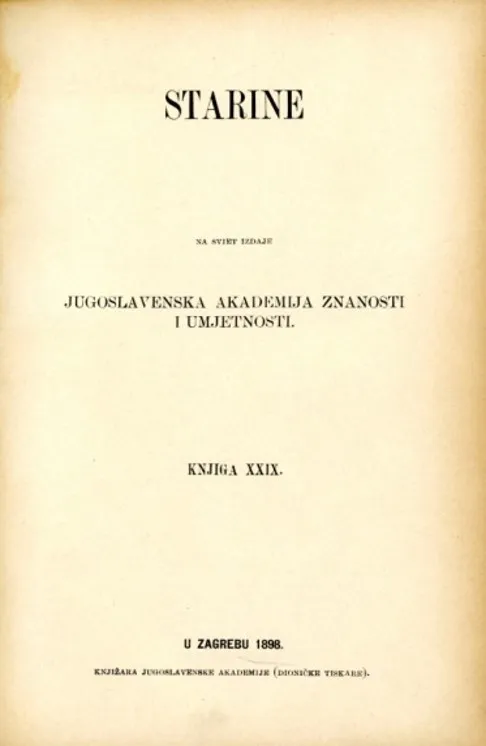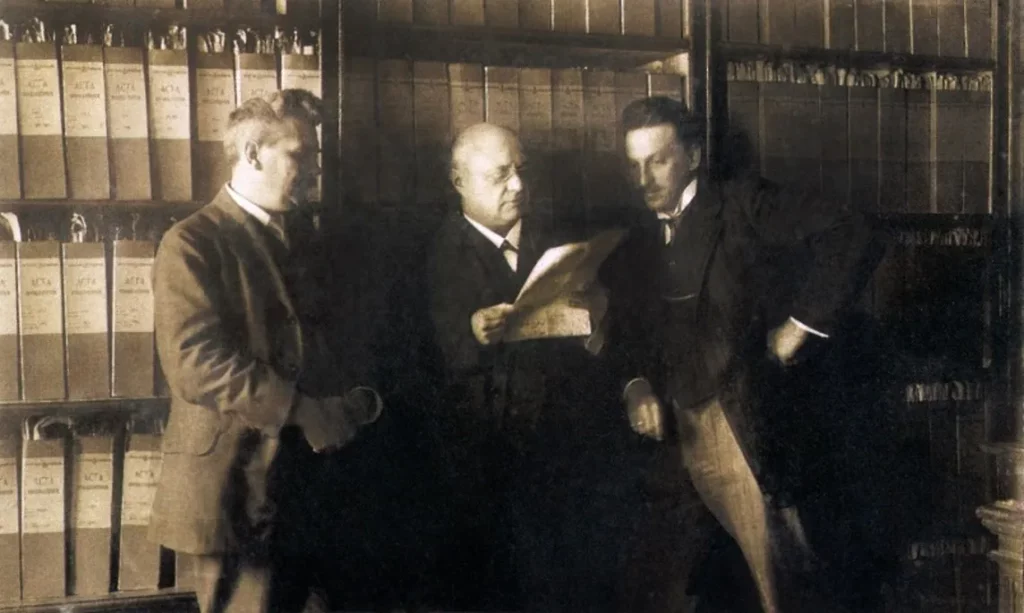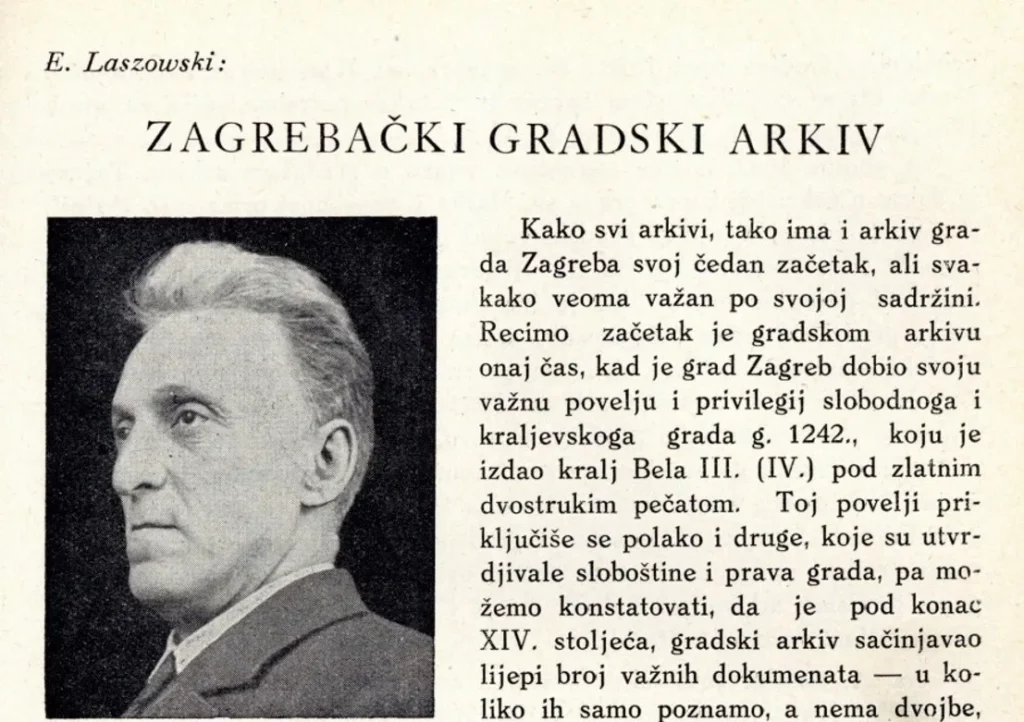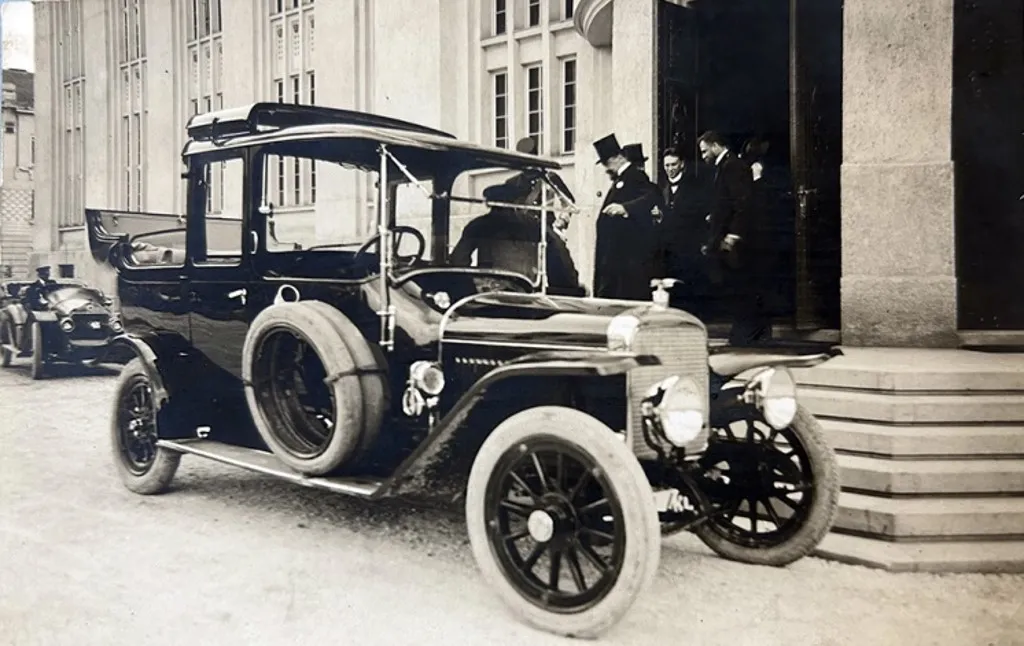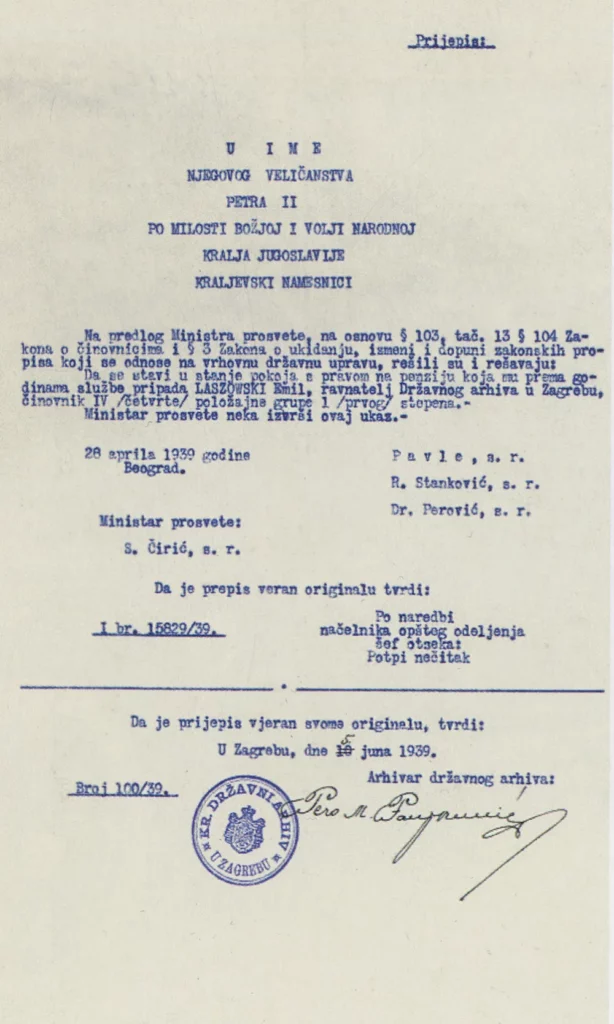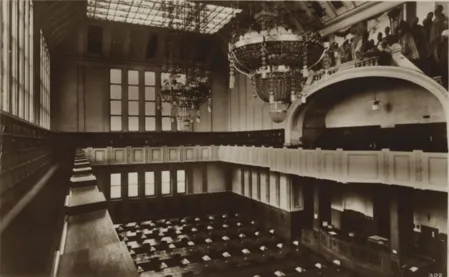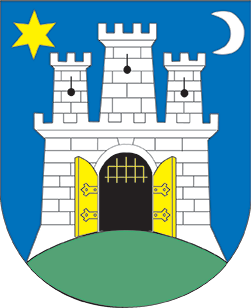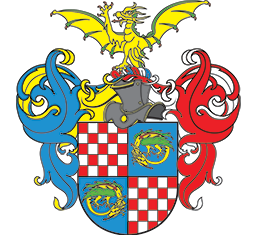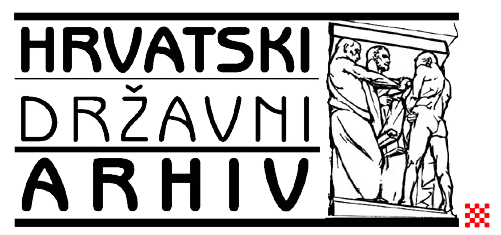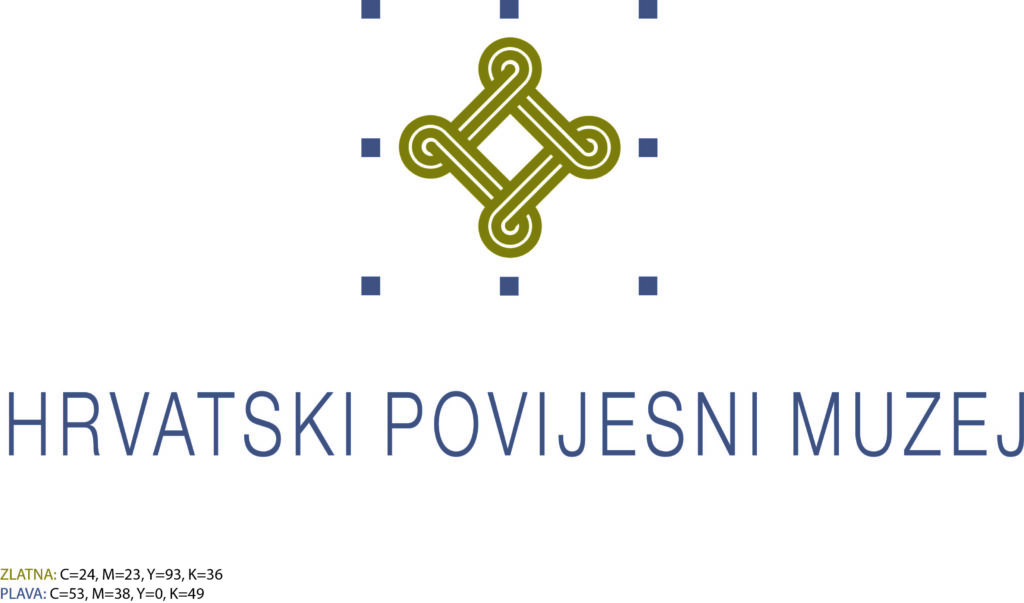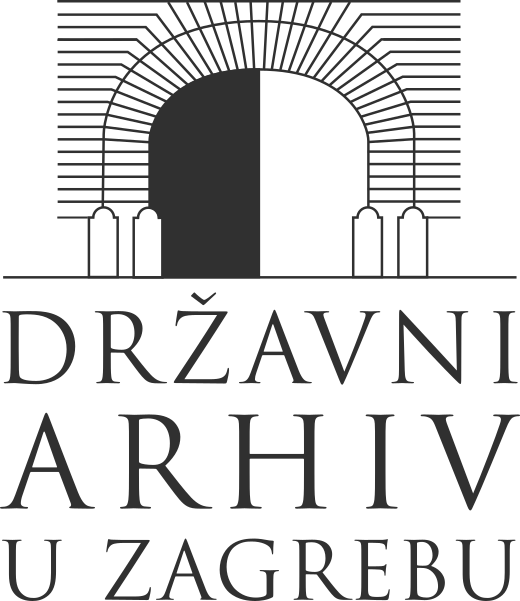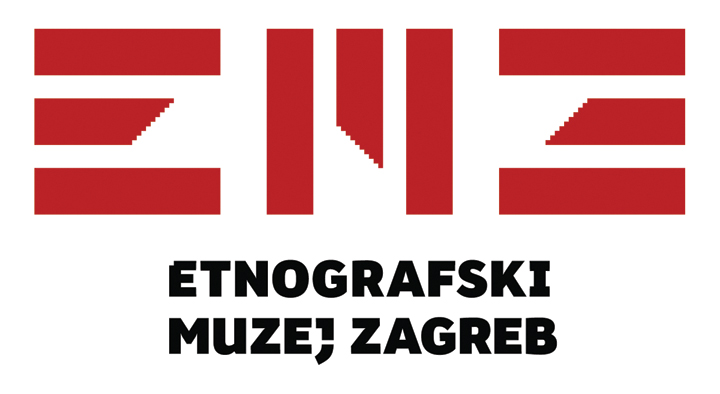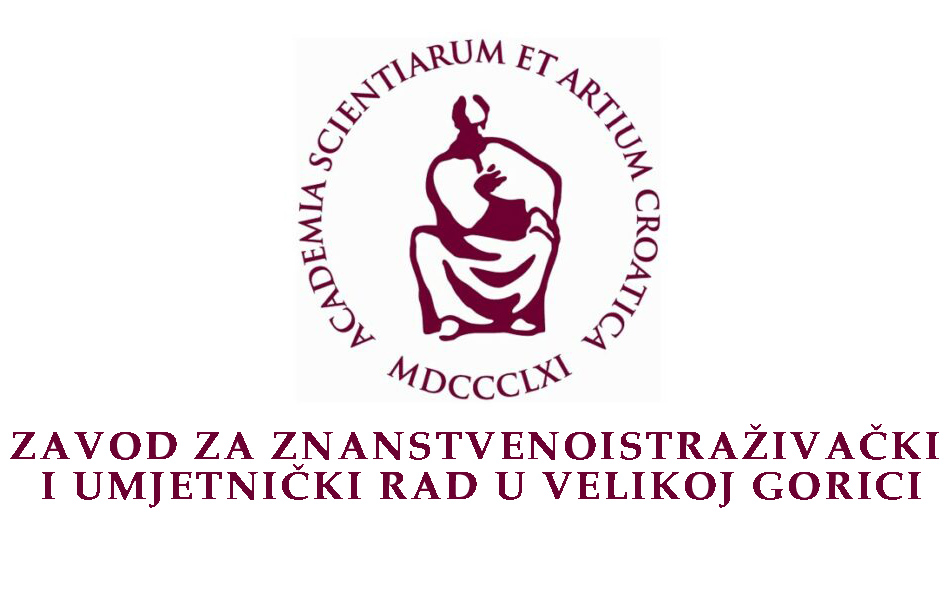3. My service
One time I strung an old charter by the King Matthias Corvinus over the rim of a little sieve and drummed on this improvised drum. My grandfather caught me and spanked my backside hard. Then he explained to me the value of such documents. And since then I began to respect old charters and letters. My interest in it grew vastly.
The first and only permanent position in Emilij Laszowski’s life was at the Land Archives in Zagreb. Starting his archival journey in 1891, he served incessantly, climbing the ladder of progression until his retirement in 1939. A huge part of Laszowski’s archival activity is inseparably connected to the activities of his long-time superior and a friend, historian and archivist Ivan Noble Bojničić who was employed at the Land Archives in Zagreb a year after him. The state in which the two newly arrived employees found the archives at the beginning of the last decade of the 19th century was truly catastrophic. Rooms on the ground floor of the Ban’s Palace (Banska palača), the building that also housed the Land Government, were completely derelict, with no basic conditions for housing, storage or use of archival records.
For this reason, less than a year after his employment, mid 1892, Laszowski requested the most essential renovation of the premises. Although the funds for the requested repairs were not excessively high, the Land Government turned a deaf ear to most of them.
Saving everything that could be saved
Similar to derelict archival spaces, extremely valuable archival records were deteriorating across the Croatian countryside, as well as in the capital. A sensibility for preserving written historical heritage, with rare exceptions, was almost non-existent in the field. Bojničić and Laszowski were well aware of the situation. In such conditions, the first and fundamental task of the archival service at that time was to salvage anything salvageable. Mainly by transferring it to the Land Archives in Zagreb. From 1895, hundreds of linear meters of archival material were delivered to Zagreb by means of purchases, acquisitions by official duty and donations, such as the archives of the famous noble family of Rattkay.
What the archival work was like at that time is illustrated by the activities relating to protection and takeover of archival materials of the Srijem County with its capital in Vukovar, which began in 1897. Laszowski made an official visit there and encountered conditions where the oldest records were in a huge disarray, scattered in several dark, inaccessible and moist places, and one part of it was located in an outbuilding which held a stable and a shed. A large part of those archives was unsalvageable, because it had completely rotted due to the humidity.
3.6: Arkivi po županiji sriemskoj
Priobćeno u sjednici filologijsko-historijskoga razreda jugoslavenske akademije znanosti i umjetnosti dne 23. listopada 1896.
Emilij Laszowski / Starine, 1898, vol 29
In his paper, Laszowski describes condition found in a somewhat milder tone than he did in the official records and notes.
DiZbi.HAZU
On the turning point towards better archives
Thanks to enormous efforts invested by Laszowski and Bojničić, the last years of the 19th century became a turning point of the opening of the Archives to the general public, especially when the idea of publishing their own newsletter emerged and began to be realised. Bojničić as the editor and Laszowski as his right-hand man and the most diligent associate started with the preparation of the Journal of the Royal Croatian-Slavonian-Dalmatian Land Archives, the first issue of which saw the light of day a year later in 1899.
The Archives tried to increase the scope of its material in all ways possible. For this reason, they often collaborated with Zagreb antique dealers, for example with the famous Zagreb antiquarian Mirko Breyer. It is also worth mentioning the long-term negotiations, lasting from 1903 to 1909, with representatives of the Prince Albert of Thurn and Taxis regarding procurement of materials important for Croatian history from several manorial archives in his possession. Organising of the archives of the Zagreb County, which was located in Zagreb’s Upper Town, but was on the very verge of ruin, was started as early as 1903 but without success. Due to shifting of administrative responsibility back and forth, it was only in 1925, by the decision of the representatives of the Zagreb County, that it was decided that the archival materials of the Zagreb County were to be handed over to the State Archives. However, the initiation of activities related to the archives of the Zagreb County encouraged other prefects of large counties to tend to the state of their archives – Bjelovar-Križevci County turned to the Directorate of the Archives for help in 1905, Virovitica County in 1906, and Modruš-Rijeka County somewhat later.
3.8: Rudolf Horvat, Ivan Noble Bojničić and Emilij Laszowski in the Archives
Vjekoslav Dominković, Zagreb, 1907
From: ELS
A grand new building on the outskirts of the city
Small improvements and partial solutions undertaken at the premises of the Archives at the Ban’s Palace lasted for almost two decades, until in 1913, thanks to Laszowski’s friends and family ties with the Ban Nikola Tomašić, the Land Archives was relocated to a dedicated building of the Royal University Library and the Land Archives where it remains until today.
Laszowski worked with architect Rudolf Lubynski to modify the plans to suit the building’s new purpose.
After the relocation, although there was a sense of immense satisfaction with the new and modern space, there were also minor complaints, primarily about security – namely, installation of lighting and a night guard patrolling around the building were requested, since at that time the location was considered the outskirts of the city.
3.10 – 12: Copy of the Memorial Record in Latin; Statement by Svetoslav Gaj on placing a tube containing the Memorial Record and marking of the location of its installation into the wall; Record of installation of the Memorial Record
Emilij Laszowski, Svetoslav Gaj, 1911
On July 4, 1911, the original Memorial Record of the “Brethren of the Croatian Dragon” Society on parchment, compiled by Laszowski, was walled in a protective tube in the south wall of the Great Reading Room of the future Royal University Library and Land Archives, which marked the beginning of its construction.Record was signed by: Emilij Laszowski, Velimir Deželić, Svetoslav Gaj and Rudolf Lubinsky.
HDA
Modest beginnings of the City Archives
Succeeding Ivan Krstitelj Tkalčić in 1905 in preparation of the collection of sources of Historical Monuments of the City of Zagreb, Laszowski requested from the city administration and Mayor Milan Amruš an old chest with city records and charters, which was returned to the administration after the death of Tkalčić. As the chest kept documents dated to the first decades of the 16th century, more recent documents needed to be located. He also searched other archives in Zagreb. With the mayor’s permission, in 1907, during the search for antiquities for the city museum, beginning of which had already been implanted, he rummaged through the premises of the city hall, its attic and basement, and found disintegrated old documents, records, files, etc. Laszowski then had the old chest and everything found in it transferred to the tower above the Stone Gate, i.e. to the premises of the city library and museum. The Tower was not suitable for keeping archives and there was no room in it so in May, 1914 the City Administration was asked to place the city archives in the new premises of the State Archives. Laszowski himself transferred the archives at the end of that month, with the help of an attendant of the City Library. He officially continued attending to the city archives, as the curator of the archives in the new space. Laszowski reports on all this in detail in his paper Zagreb City Archives.
It is wartime, but the work has not stopped
In the wake of the First World War archival activity did not die down. Archival materials of the Royal Noble Convict in Zagreb were procured. In the same year, 1914, the Land Government entered into an agreement with the Zagreb Archdiocese on the storage of the archives of the Cathedral Chapter of Zagreb in the Land Archives for a period of fifty years. The archive was delivered in 1916 and Laszowski did most of the work related to the takeover and later also storage of archival materials.
Enormous amounts of energy and time were spent on field work, in the archives of counties and courts. For example, in the middle of 1917, an action was initiated to study, select and take over materials at the district courts in Zemun, Srijemski Karlovci and Mitrovica, Glina and Kostajnica, Brinje and Otočac. Due to a large scope of work Director of the Archives, Bojničić was sent to Zemun, Mitrovica and Srijemski Karlovci, while Laszowski performed the assessment and takeover of the materials of district courts in Glina, Kostajnica, Brinje, Otočac and Gospić.
After the end of the First World War, Bojničić and Laszowski were included in negotiations regarding the distribution of archival assets of the former state. It is quite certain that they intended to do everything in their power to return archival materials originally associated to Croatia where they belonged, but the results of those negotiations were devastating because Croatia lost a large amount of materials of immeasurable significance for its own history.
Director of the State Archives
After a long illness Ivan Noble Bojničić died in June 1925. Laszowski was immediately appointed to the temporary management of the State Archives and soon by a royal decree of November 1925, he was appointed director of the institution, thus beginning a new period of the institution and care for archival heritage.
Taking over the county archives in fact marked the arrival of Laszowski to the position of Director at the Archives. His work was primarily made difficult by administrative obstacles and financial problems. However, it was clear to Laszowski that researching domestic early modern history would be impossible without those sources and so he did everything to salvage them.
During a fourteen-year period of managing the archives, Laszowski and his colleagues continued to perform very diverse archival activities, ranging from further acquisitions of valuable fonds of Court Tables, manors and personal manuscript legacies, involvement in direct negotiations for the restitution of archival materials of the former state to a failed attempt of establishing a professional association. At the same time, he completely disregarded advanced (theoretical) vocational methods of the more developed Western European countries, for which his successors later often criticised him.
His last significant task before retirement and after official retirement was transfer of the archives of the composer and musicologist Franjo Ksaver Kuhač from the City Museum to the State Archives. When he retired he did not end his cooperation with the institution where he had served continuously for 48 years. Until the beginning of the Second World War he visited it on a daily basis with great working enthusiasm.


